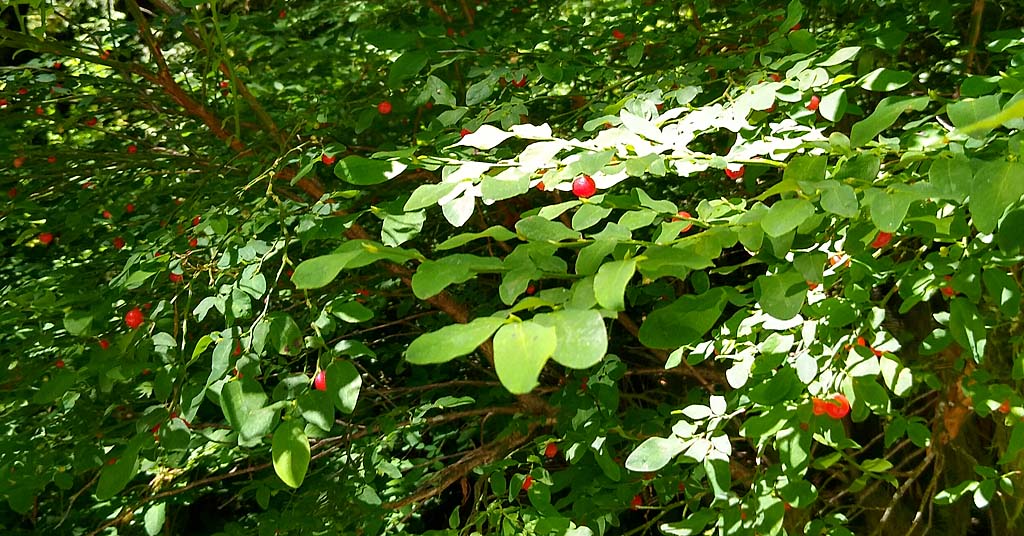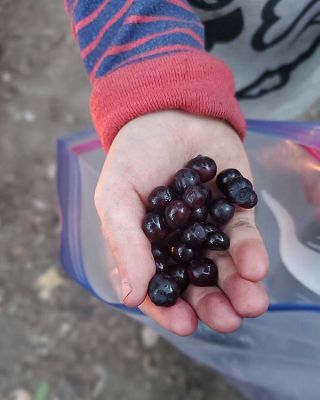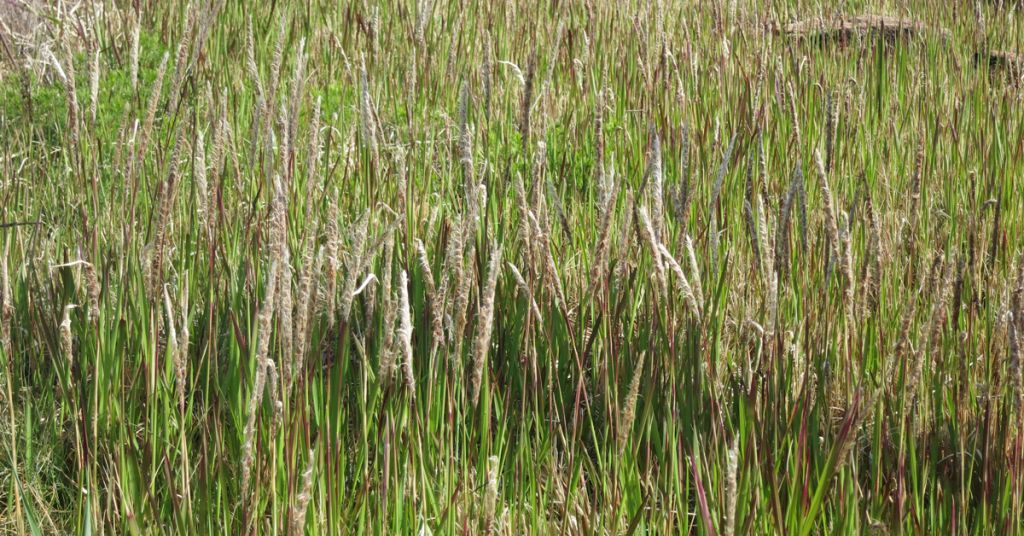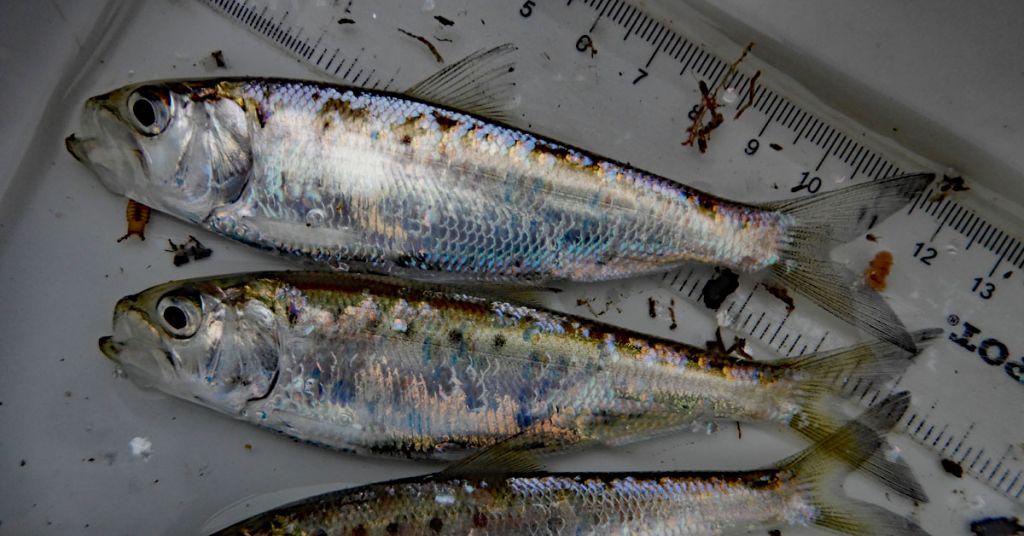But Tribes and academics are undertaking programs to preserve traditional stands of the nutrient-rich summer staple

Wild ones: Though commercially harvested, huckleberries refuse to be domesticated. Photo: Anne Vassar/USFS
By Ava Rudensey. August 8, 2024. A series of sweet and flavorful varieties native to the Pacific Northwest, Western huckleberries are becoming increasingly difficult to come by.
Ranging from British Columbia to western Montana, they can’t be domesticated, and grow only in particular conditions, requiring specific elevations, highly acidic dirt and partial shade cover.
“We are starting to see a decline in the stands and the harvest,” says Dr. Stephen Cook, head of the University of Idaho’s Department of Entomology, Plant Pathology and Nematology.
The decline of huckleberries is likely to have an impact other native plant species, wildlife and Indigenous communities.
Among numerous threats, increasingly destructive forest fires are annually torching thousands of acres of medium- and high-density forests, which provide the shade huckleberries need to survive warm summer months.
This creates another problem—decreased flora following wildfires makes it difficult for pollinators to reach huckleberry patches.
Related to climate change, rising temperatures mean many huckleberries ripen prematurely, before pollinators can get to them.
Invasive species also play a role in the huckleberry’s decline.
Root-eating, black vine weevils, Scotch broom and nonnative thistle each pose a threat.
All of this creates problems for keystone species such as bears, which rely on the fruit as a nutrient-dense food source.
Along with scientists and students at the University of Idaho, Oregon State University and Washington State University, Cook has been exploring ways to protect and preserve huckleberries.
In 2022, he and his team found an effective treatment against black vine weevils. Since 2023, they’ve been experimenting with huckleberry growth conditions.
“We are trying to take soil from where huckleberries grow naturally and see if there might be something in the soil conditions,” says Cook. “We are looking at foliar chemistry, we are trying different slants and elevations, we are adding biochar.”
Tribal traditions
Tribes in the Pacific Northwest consider huckleberries a “first food”—fish, game, roots and berries that have nourished local people since pre-contact with Europeans and continue to serve important roles within Indigenous communities.
The huckleberry harvest and traditional feasts have also served as meaningful ways to mark the changing of the seasons or special events.

Color coded: Huckleberries range from orangey-red to purple to blue-black. Photo: Kaitlyn Bowman/USFS
“For Columbia River Tribes, the huckleberry is very sacred,” says Brigette McConville, a member of the Confederated Tribes of Warm Springs, environmental advocate and Columbia Insight board member.
McConville has been involved in efforts to identify important huckleberry harvesting sites used by tribal elders.
“We made a plan to document the sites they used to go, put them on a map and then start meeting about what to do about it,” she says. “We came up with the idea of hand-clearing huckleberry areas.”
McConville says these efforts have been popular. And effective.
She’s looking forward to the harvest season later this summer when she’ll be able to fully assess the impact of tribal efforts to preserve huckleberry sites.
“I was brought into the ceremony at a very young age by my grandmother and so I take it to heart, our plants and our fish and everything in between,” she says.
It’s no longer practical for her and the other gatherers to go out for weeks at a time harvesting, as it was for previous generations.
This has presented a growing challenge as the huckleberry’s range shrinks into more hard-to-access areas.
McConville worries about what the decline of huckleberries would mean for the Confederated Tribes of Warm Springs.
She’s not alone.
“I can’t imagine our forests without them,” says Cook.









